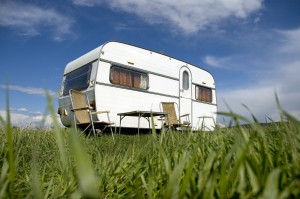Storing Your Camper
Neglecting to store your RV away for the winter, or any extended period of time not in use, will result in costly damage. Renting a storage unit is the most effective option you should consider to ensure that your RV will stay protected during months of cold temperatures and accumulating snow in the winter months and blistering sun, birds, trees and acid rain in warmer months. This will allow you to put a roof over your trailer, protecting it from the harsh conditions. There is a cost involved of course but if you are conveniently located near a storage facility with the proper size unit for your beloved RV, then this option is golden!
Here are some tips to keep your camper or RV well maintained in storage.
- Wash and wax your RV before parking it at the self storage facility can prevent dirt and dust from building up.
- Cover any vents that may allow insects to crawl into your vehicle
- Disconnect your battery. If you live in area that gets really cold during the winter, you should remove the battery entirely and store it in a more climate controlled area. Remember to take off the negative terminal first.
- Turn off the pilot light to the stove and disconnect the propane at the source.
- Turn off the refrigerator. After you have defrosted your refrigerator and cleaned it, put some baking soda in and keep the door slightly ajar to allow air to circulate inside of it. This will prevent it from developing any odor.
- Remove anything perishable from the RV and open all drawers and cabinets.
- Drain all the water from the tanks.
- Make sure all windows and doors are completely closed. This will prevent bugs, birds, and animals from getting into your RV. Also, make sure that the blinds are down. This will shield your furniture from the sun’s rays.
- Cover and inflate tires to preserve them. Park your RV on pads to prevent your tires from forming soft spots. If you do not move the vehicle or the tires every so often you will get a big flat spot.
- Put fuel in the vehicle and generator and add fuel stabilizer. Run the engine so that the stabilizer can circulate in the engine. Ideally, you should re-start your engine every two months.
Tips courtesy

